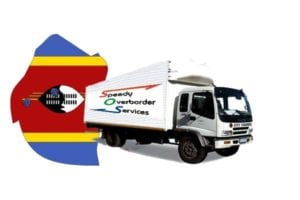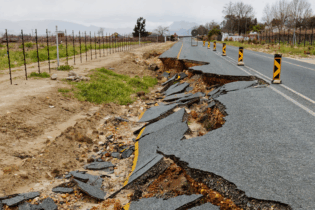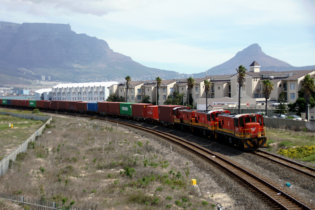Swaziland presently imports all required petroleum products from South Africa who currently provides 40% of Swaziland’s imported energy demand, 90% of which is represented by petroleum products.
The Ministry of Natural Resources plays a regulatory role in the petroleum downstream activities, in particular, the pricing of all controlled petroleum products i.e. petrol, diesel and illuminating paraffin. The Ministry also regulates the number of service stations in the country through the Petrol Rationalisation Committee, which achieves its role through the Service Station Rationalisation Plan (RATPLAN). A sharp increase in the price of fuel captures both the corporate sector and private community’s attention and directly impacts the local economy. More to the point, Eqstra’s corporate sector clients are struggling to manage rising operational expenditure and it has become a virtual nightmare to try and budget/estimate the single biggest expense in the fleet. In completing more than 50 detailed fleet reviews, the Eqstra Fleet Consulting team has estimated that fuel now contributes between 42% and 48% of overall corporate fleet expenditure. In light of this fact, it is worth noting that Swaziland’s fuel price has increased by more than 100% within the last 15 years. This equates to an average increase of 7% year on year. Given that the average CPI over the same period was 9.84%, effectively fuel increases have surpassed the CPI index by 72%. Pricing of Petroleum ProductsThe Ministry of Natural resources is responsible for marketing and distributing fuels. It is also responsible for setting fuel prices. All regulated petroleum products are presently imported from South Africa. The objective is to keep petroleum prices affordable to the public by undermining the volatility in international oil prices and the Lilangeni/Dollar exchange rate over which the government has no control. As a result, it takes some time for fuel price movements to be actioned on the local pump price as the Government takes some time to adjust it. The last Government fuel price release was made on 2 December 2014 effective 3 December 2014. Calculation of Pump price
It is unclear which methods and policies are put in place by Government to apply the fuel subsidy. How the local fuel price is determined is not disclosed to the public.
The graphs above illustrate that historically the local fuel pump price is lower than South African prices, although due to the falling international oil price and South Africa’s timely response thereto, and to the slower response by the Swaziland Government, this has changed in recent months.
These figures take into account all costs relating to transport, tax, storage and regional distribution to different petrol stations. Although there was a slight reduction in fuel price during 2014, fuel has increased on an average of 8% YoY since 2000. The Swaziland government kept fuel prices unchanged from January 2013 until March 2014. Although this stance has lowered inflation, some economists feel this will have an adverse effect on the economy, as they expect that fuel prices could increase steeply once the government adjusts for price adjustments. As at February 2015, the price of fuel is SZL12.20 for leaded and SZL12.20 for unleaded, with the wholesale price of diesel (0.05%) at ZSL12.45.Swaziland’s currency exchange rates to the US dollar closely follows that of South Africa. The Future
Given the current situation, and taking into account the Brent Crude Oil predictions and currency exchange factors, Eqstra anticipates that the Swaziland fuel price will increase between 8 – 9% until December 2015. It therefore, recommends that an annual inflation of at least 8% is budgeted for fuel in 2015. The company would also recommend that you review your fleet mix and operational costs at least every two years to ensure you optimise cost and efficiency within your fleet.








